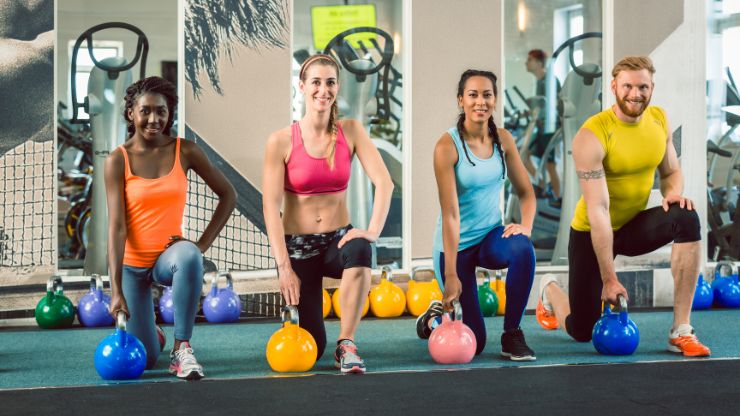Welcome to a journey towards strength and confidence! In this blog, we’ll delve into the realm of strength training and explore the top eight exercises that can help you build a stronger and more confident self. Whether you’re new to strength training or a seasoned fitness enthusiast, these exercises are designed to target key muscle groups, improve your overall strength, and boost your self-esteem. Get ready to unleash your inner strength and feel empowered as we guide you through effective workouts that will leave you feeling strong, confident, and ready to take on any challenge that comes your way!
Table of Contents
ToggleStrength-Training Exercises to Feel Strong
Squats:

Squats are foundational strength-training exercises that engage a multitude of muscle groups simultaneously, making them highly efficient for building overall lower body strength, balance, and stability. When performing squats, the primary muscles worked include the quadriceps, hamstrings, glutes, and core. This compound movement not only helps in developing muscle mass but also enhances functional strength, making daily activities like walking, climbing stairs, or lifting objects more manageable.
To maximize the benefits of squats, it’s essential to master proper form and technique. Beginners can start with bodyweight squats to focus on form before progressing to weighted variations like goblet squats, barbell squats, or Bulgarian split squats for added intensity. These variations target different aspects of leg and core strength, allowing for a well-rounded lower body workout. Incorporating squats into your routine not only improves physical strength but also boosts confidence in performing a range of functional movements with ease and control.
Also Read- 7 Best Quad Strengthening Exercises and Their Benefits
Deadlifts:
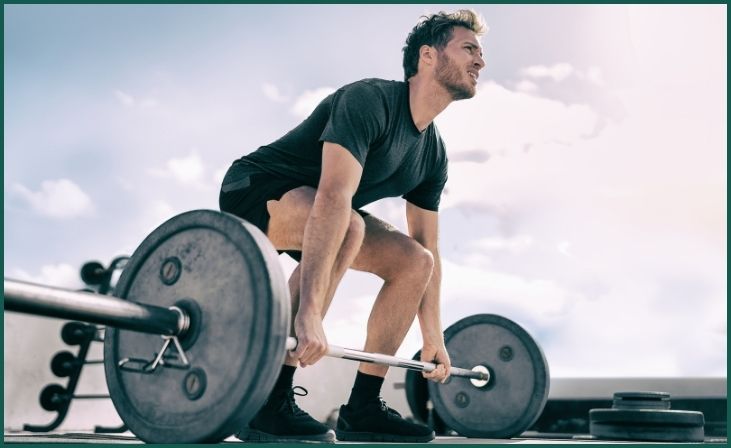
Deadlifts are another essential compound exercise that targets multiple muscle groups simultaneously, including the hamstrings, glutes, lower back, and grip strength. This exercise mimics the motion of lifting heavy objects from the ground, making it highly functional for everyday activities. Deadlifts are particularly effective in developing posterior chain strength, which is crucial for activities like bending, lifting, and maintaining proper posture.
Whether you choose conventional deadlifts, sumo deadlifts, or Romanian deadlifts, each variation offers unique benefits. Conventional deadlifts emphasize hip hinge movement and overall back strength, while sumo deadlifts place more emphasis on the inner thighs and glutes. Romanian deadlifts target the hamstrings and lower back, promoting flexibility and strength in the posterior chain. By incorporating deadlifts into your workout routine, you not only build physical strength but also gain confidence in your ability to handle heavy loads safely and effectively.
Bench Press:
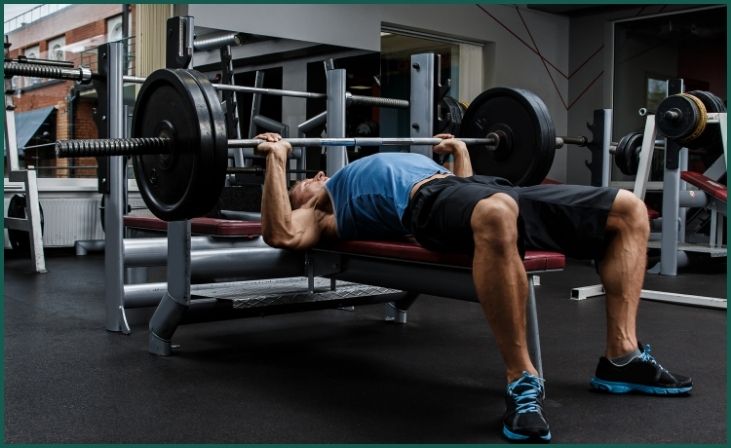
The bench press is a classic upper body exercise that primarily targets the chest, shoulders, and triceps. It’s a compound movement that involves pushing a weight away from the body while lying on a bench. The bench press is a staple in strength-training programs as it helps in building upper body strength, muscle mass, and pushing power.
There are various ways to perform the bench press, including using a barbell, dumbbells, or resistance bands. Each variation offers unique benefits and challenges, allowing for versatility in training. For beginners, starting with a manageable weight and focusing on proper form is crucial to prevent injury and maximize results. As you progress, gradually increasing the weight and incorporating different bench press variations can help in further developing strength and muscle definition in the chest, shoulders, and triceps. Incorporating the bench press into your workout routine not only improves physical strength but also boosts confidence in performing upper body movements with control and stability.
Pull-Ups/Chin-Ups:
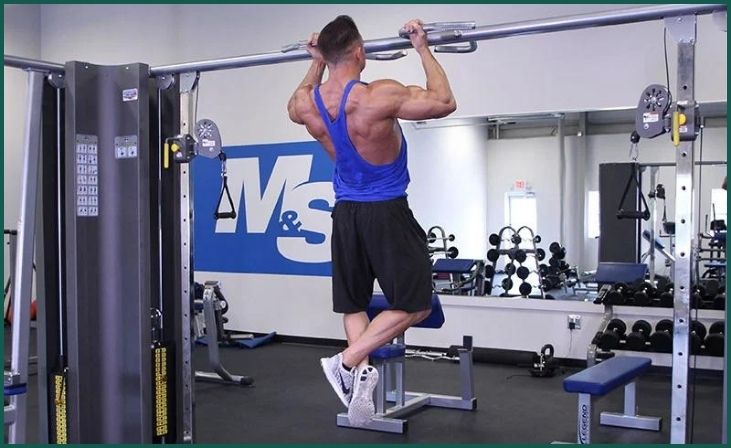
Pull-ups and chin-ups are bodyweight exercises that target the upper body, specifically the back, biceps, and grip muscles. These exercises involve pulling the body upward until the chin reaches or clears the bar, making them effective for building upper body strength and muscle definition. Pull-ups are performed with an overhand grip, while chin-ups use an underhand grip, with both variations offering unique benefits.
One of the key advantages of pull-ups and chin-ups is their versatility and scalability. Beginners can start with assisted variations using resistance bands or a pull-up machine to build strength and technique before progressing to unassisted variations. Increasing the number of reps or incorporating weighted vests can further challenge the muscles and promote strength gains.
Mastering pull-ups and chin-ups not only improves upper body strength but also enhances grip strength, core stability, and overall functional fitness. These exercises are foundational in strength training and contribute to a strong, well-rounded physique. Incorporating pull-ups and chin-ups into your workout routine can boost confidence in conquering challenging movements and achieving your fitness goals.
Overhead Press:
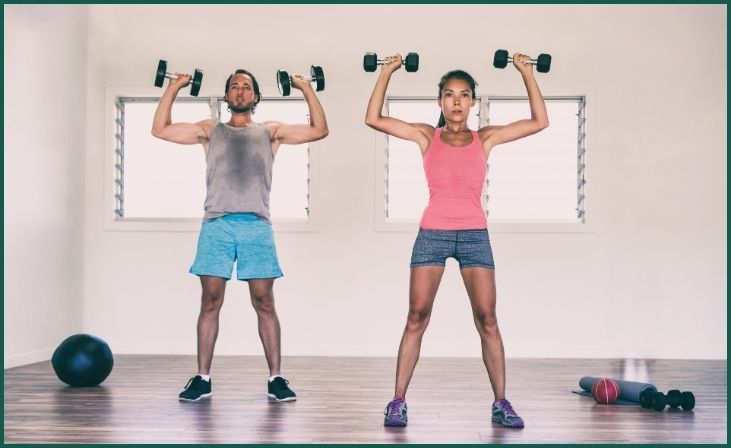
The overhead press, also known as the shoulder press, is a compound exercise that targets the deltoid muscles in the shoulders, as well as the triceps and upper chest. This exercise involves pressing a weight overhead from shoulder level, making it an effective way to build upper body strength and stability. The overhead press is a fundamental movement pattern that translates into various everyday activities, such as lifting objects overhead or pushing against resistance.
There are different ways to perform the overhead press, including using a barbell, dumbbells, or kettlebells. Each variation offers unique challenges and benefits, allowing for versatility in training. For beginners, starting with a manageable weight and focusing on proper form is essential to prevent injury and ensure effective muscle engagement. As strength and technique improve, gradually increasing the weight and experimenting with different overhead press variations can further enhance shoulder strength and muscle development.
Don't just scroll, subscribe!
BuzzTrail's unique web-stories are the cure for boredom you've been waiting for.
Incorporating the overhead press into your workout routine not only helps in building upper body strength but also boosts confidence in handling heavy weights overhead. It promotes shoulder stability, improves pushing strength, and contributes to a well-rounded strength training program. By mastering the overhead press, you’ll feel more empowered and capable in performing a wide range of upper body movements with control and strength.
Lunges:

Lunges are versatile lower body exercises that target the quadriceps, hamstrings, glutes, and calves. They also require a significant amount of balance and coordination, making them an excellent functional exercise for everyday movements. Whether you perform forward lunges, reverse lunges, or walking lunges, incorporating lunges into your routine will help you develop lower body strength, stability, and confidence in your ability to move efficiently and effectively.
To perform lunges correctly, start by standing with your feet hip-width apart. Take a step forward with one foot and lower your body until both knees are bent at a 90-degree angle, ensuring that your front knee does not extend past your toes. Push back to the starting position and repeat on the other side. Lunges can be done with bodyweight or added resistance using dumbbells or a barbell.
Including lunges in your workout routine offers several benefits. They help in building leg strength and muscle mass, improving balance and stability, and enhancing overall lower body function. Lunges are particularly effective in targeting the glutes, which are essential for hip stability and proper posture. By incorporating lunges into your workouts, you’ll not only strengthen your lower body but also feel more confident in your ability to perform daily activities with ease and efficiency.
Bent-Over Rows:
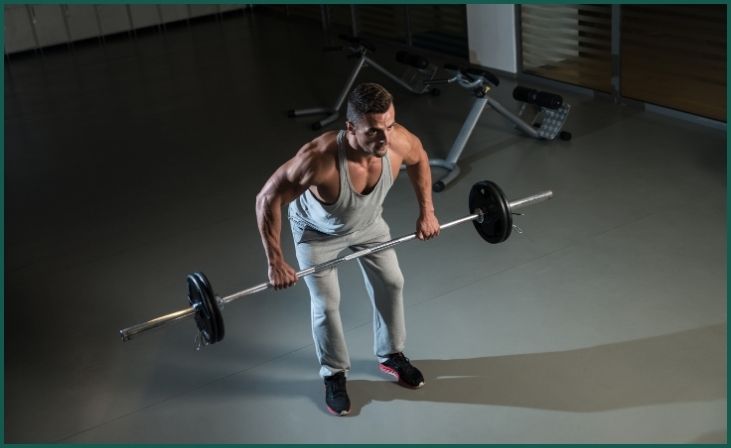
Bent-over rows are an effective exercise for targeting the muscles of the upper back, including the latissimus dorsi, rhomboids, and traps, as well as the biceps and rear deltoids. This compound movement involves bending at the hips while maintaining a flat back and pulling a weight towards the torso, mimicking the motion of rowing a boat. Bent-over rows help in improving posture, upper body strength, and grip strength, making them a valuable addition to any strength-training routine.
To perform bent-over rows correctly, start by standing with your feet shoulder-width apart and holding a barbell, dumbbells, or resistance bands with an overhand grip. Hinge at the hips, keeping your back flat and core engaged, and lower the weight towards the ground. Pull the weight towards your lower ribcage, squeezing your shoulder blades together at the top of the movement. Slowly lower the weight back to the starting position and repeat.
Incorporating bent-over rows into your workout routine offers several benefits. They target the muscles of the upper back, promoting better posture and reducing the risk of back pain. Bent-over rows also strengthen the biceps, rear deltoids, and grip, contributing to overall upper body strength and functionality. By mastering this exercise, you’ll feel more confident and powerful in your upper body movements, whether you’re lifting weights or performing daily tasks.
Planks:
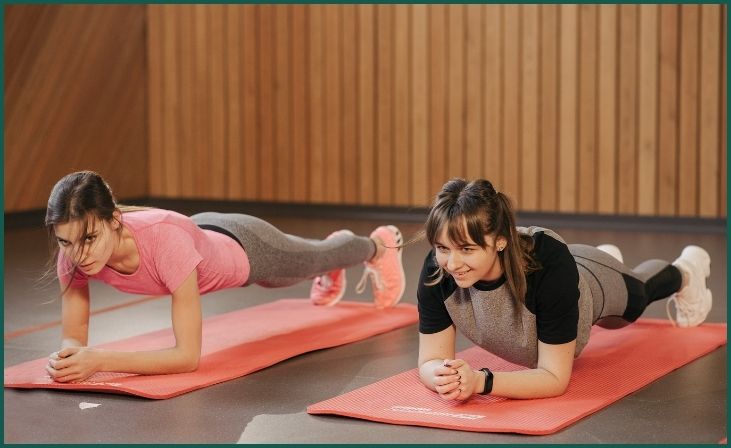
While planks may not involve lifting heavy weights, they are an essential exercise for building core strength and stability. A strong core is crucial for maintaining proper form and stability in all other strength-training exercises, as well as for preventing injuries and improving overall athleticism. Planks target the rectus abdominis, transverse abdominis, obliques, and lower back muscles, creating a strong foundation for functional movements.
To perform a plank correctly, start by getting into a push-up position with your hands shoulder-width apart and your body in a straight line from head to heels. Engage your core muscles and hold the position for the desired duration, making sure to keep your hips level and avoid sagging or arching your back. Variations of planks, such as side planks, plank jacks, or plank rotations, can add variety and challenge to your core workout.
Incorporating planks into your routine offers numerous benefits. They help in improving core strength, promoting better posture, and enhancing overall stability and balance. Strong core muscles are essential for everyday activities like lifting, bending, and twisting, as well as for athletic performance in sports and fitness activities. By mastering planks and their variations, you’ll feel more confident and capable in all aspects of your fitness journey, from strength training to functional movements and beyond.
For More- The 7 Best Core Exercises for All Fitness Levels
Conclusion:
Strength training is about more than just building muscles; it’s about building confidence, resilience, and a sense of empowerment. By incorporating these eight strength-training exercises into your routine, you’ll not only sculpt a stronger, more resilient physique but also boost your confidence and feel more capable of taking on whatever challenges life throws your way. So, lace up your sneakers, grab some weights, and get ready to feel stronger and more confident than ever before!
FAQs
How many times a week should I do strength training exercises?
How many times a week should I do strength training exercises?
It’s generally recommended to engage in strength training exercises at least 2-3 times per week, allowing for adequate rest days between sessions to allow muscles to recover and grow.
Can I do strength training if I’m a beginner?
Can I do strength training if I’m a beginner?
Yes, beginners can start with lighter weights or bodyweight exercises to gradually build strength and technique. It’s important to focus on proper form and technique to prevent injuries.

